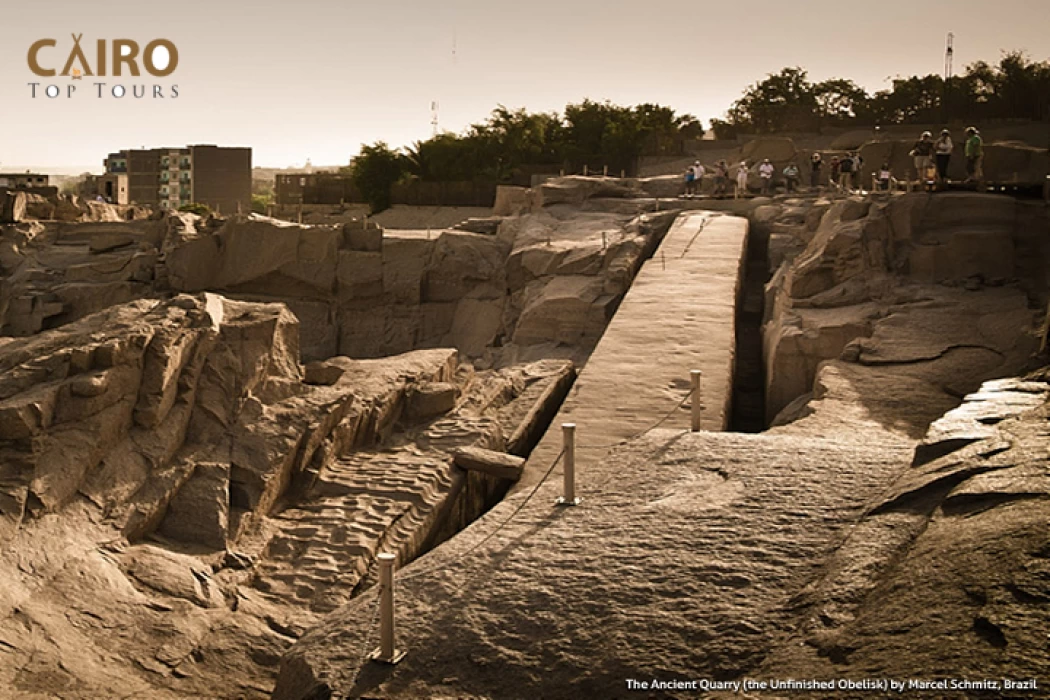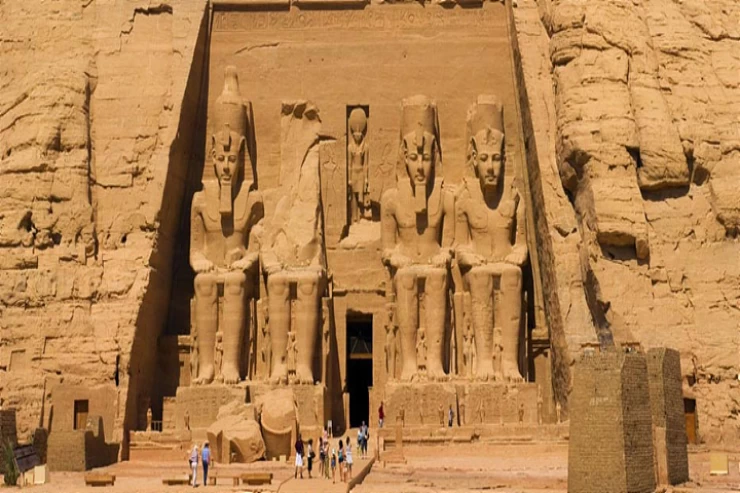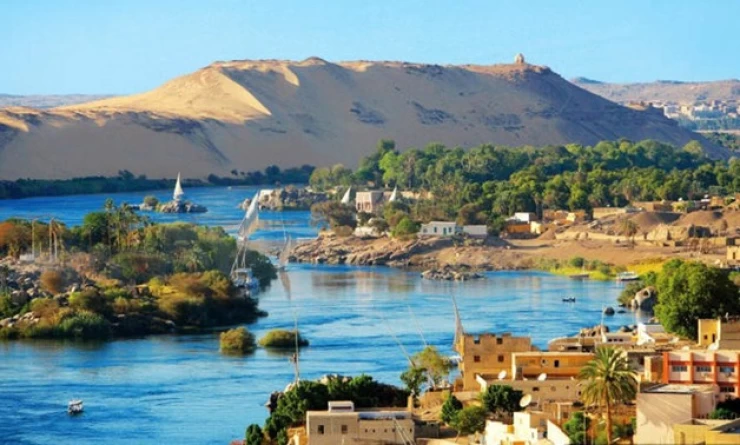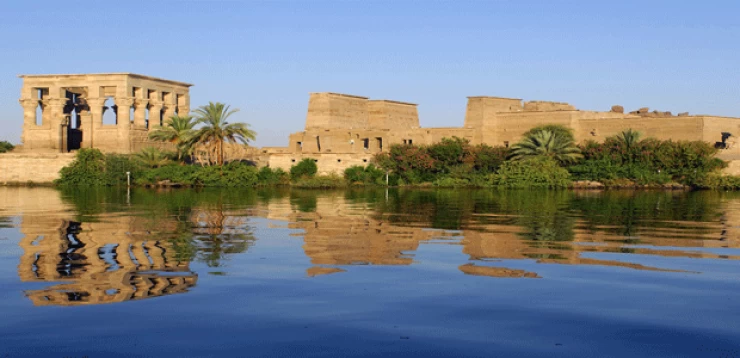
Unfinished Obelisk in Aswan
An obelisk is typically characterized as a tall, slender structure with four sides that taper to a small pyramidal apex. While this architectural form is primarily associated with Greek design, Egypt is home to several obelisks, among which the unfinished obelisk in Aswan is recognized as one of the largest. Commissioned by Hatshepsut, the queen consort of Thutmose II, who reigned as Pharaoh of Egypt from 1478 to 1458 B.C. alongside the young Thutmose III, this obelisk may have been inspired by the Lateran Obelisk, originally erected at the Karnak Temple Complex in Egypt before being relocated to Lateran Square in Rome towards the conclusion of the Roman Empire.
The Unfinished Obelisk remains in situ within its original granite quarry in Aswan. Measuring 42 meters in length, it is believed to have been left incomplete due to the emergence of cracks in the stone during its construction. Had it been finished, this obelisk would have been the heaviest ever quarried in Ancient Egypt, with an estimated weight of nearly 1,100 tons. It is thought that the project was initiated and subsequently halted during the reign of Queen Hatshepsut in the 18th dynasty. a tall, slender structure with four sides that taper to a small pyramidal apex. While this architectural form is primarily associated with Greek design, Egypt is home to several obelisks, among which the unfinished obelisk in Aswan is recognized as one of the largest. Commissioned by Hatshepsut, the queen consort of Thutmose II, who reigned as Pharaoh of Egypt from 1478 to 1458 B.C. alongside the young Thutmose III, this obelisk may have been inspired by the Lateran Obelisk, originally erected at the Karnak Temple Complex in Egypt before being relocated to Lateran Square in Rome towards the conclusion of the Roman Empire.
The Unfinished Obelisk remains in situ within its original granite quarry in Aswan. Measuring 42 meters in length, it is believed to have been left incomplete due to the emergence of cracks in the stone during its construction. Had it been finished, this obelisk would have been the heaviest ever quarried in Ancient Egypt, with an estimated weight of nearly 1,100 tons. It is thought that the project was initiated and subsequently halted during the reign of Queen Hatshepsut in the 18th dynasty.
The Comprehensive Account of the Incomplete Obelisk in Aswan
This monumental obelisk was designed to exceed the length of all other Egyptian obelisks by at least one-third. It was projected to reach a height of 42 meters and weigh approximately 1,200 tons. The initial efforts involved carving the obelisk from a granite bedrock; however, the endeavor was ultimately abandoned due to the emergence of numerous cracks in the granite. The base of the obelisk remains affixed to the bedrock of this granite quarry in Aswan (or Assuan, as referred to in the local Egyptian dialect). The precise cause of these cracks is still uncertain, but it is currently believed that the method of excavating the granite may have contributed to the formation of these fissures, whereas earlier theories suggested that the granite itself was of substandard quality.


















